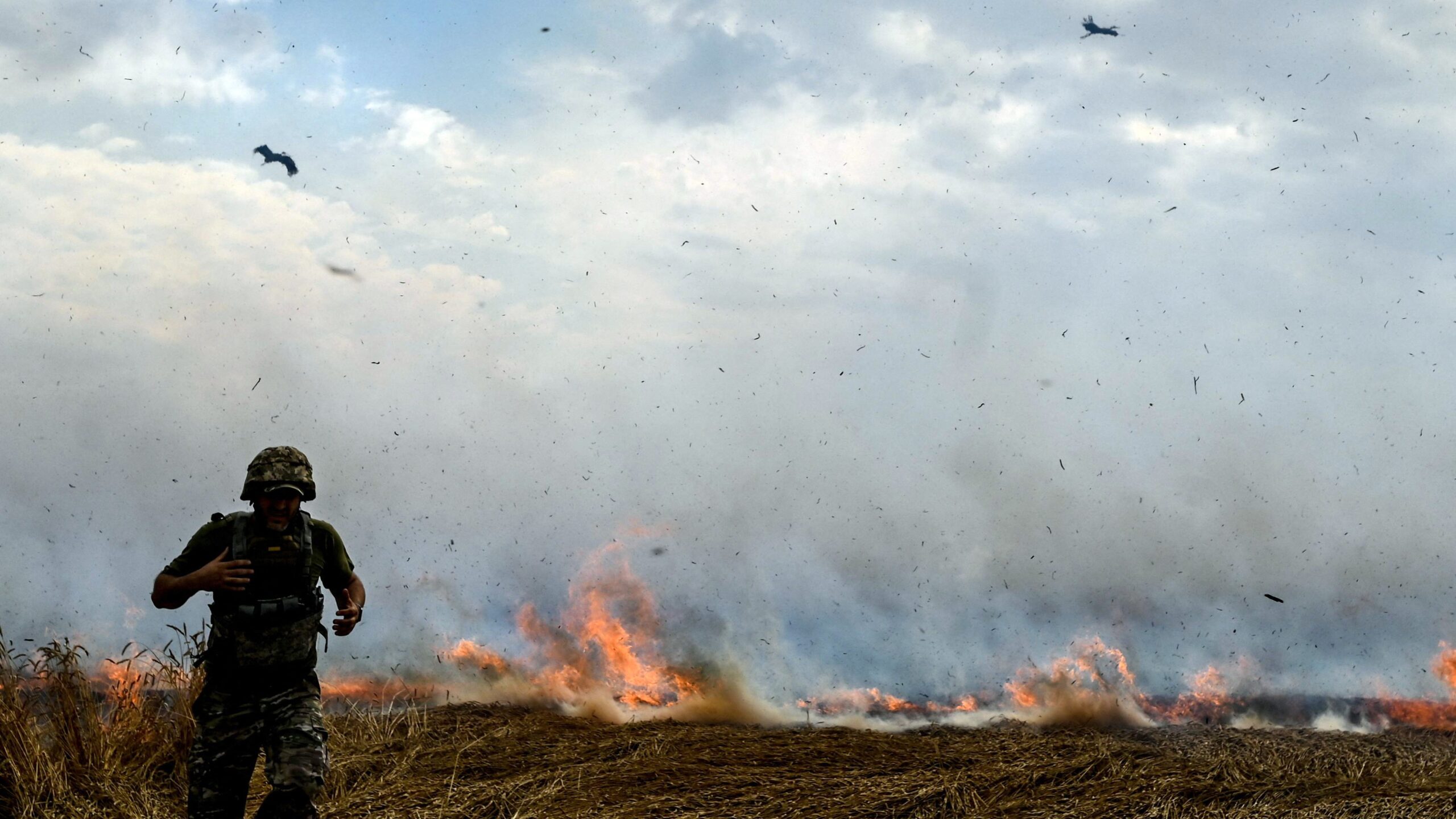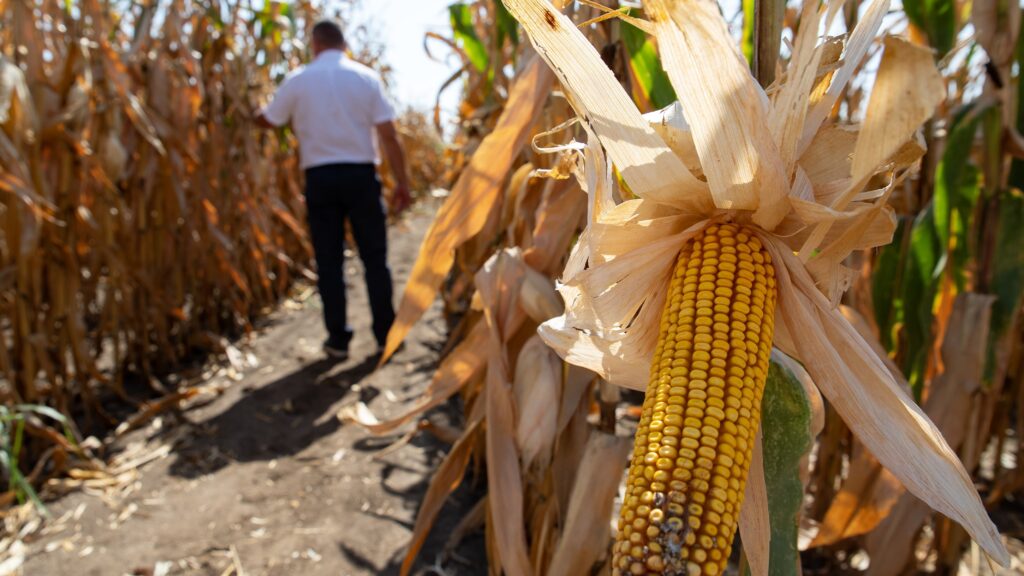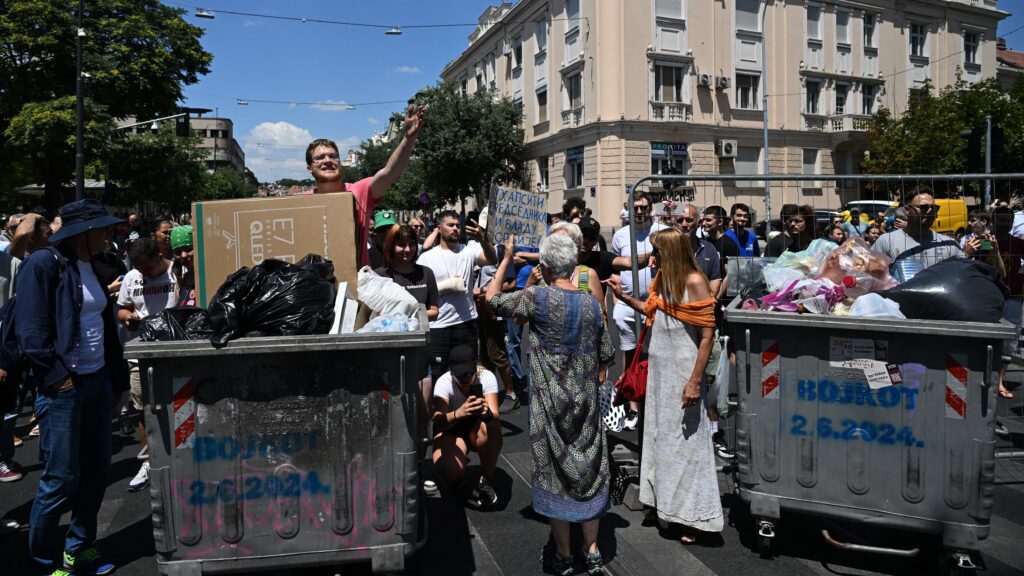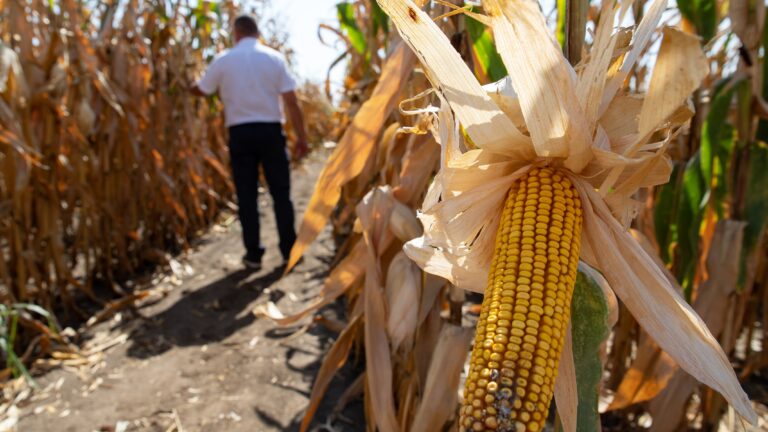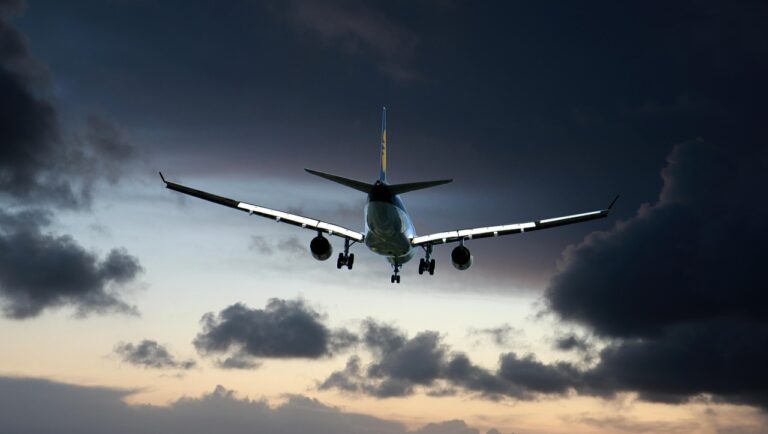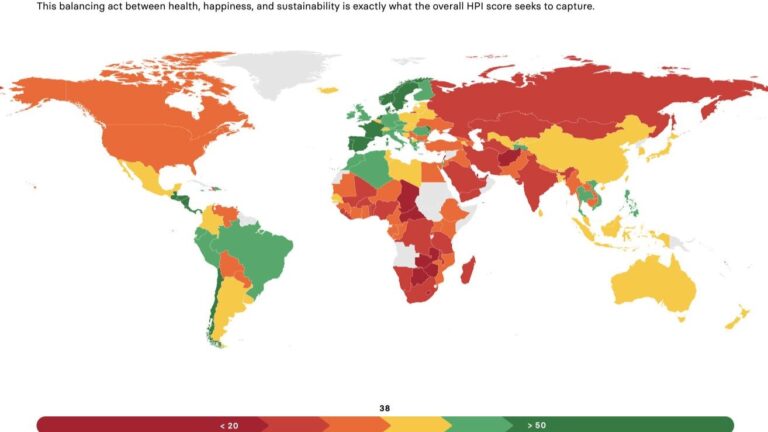Last Friday, while seated on the tram during my regular commute to work, I noticed something distinctively familiar. It was a smell—an acrid, dusty, burning smell. Having lived in Beijing for full years, it took me only a few moments to recognize that the smell was China, or at least the smog-ridden China that I had experienced during my time there. Looking over the famous Elizabeth Bridge that straddles the Danube River to marry Buda and Pest, I realized that the seemingly benign mist that had been clouding the morning city skyline was in fact not mist at all, but smog.
Smog—a portmanteu of the words smoke and fog coined in early 1900s London—is not benign, and neither is it normal. It is a toxic concoction of miniscule particulate matter that, if not dispelled by fortunate winds, has direct and dire consequences for human health—especially if exposure is prolonged. Because we human beings require oxygen, and therefore have no choice but to breathe air, ‘exposure’ is merely a matter of how long it takes until weather conditions change and the smog is blown away. There is no industrial or physical solution to remove smog, and as long as it persists, we have no choice but to breathe it in and suffer whatever consequences may come.
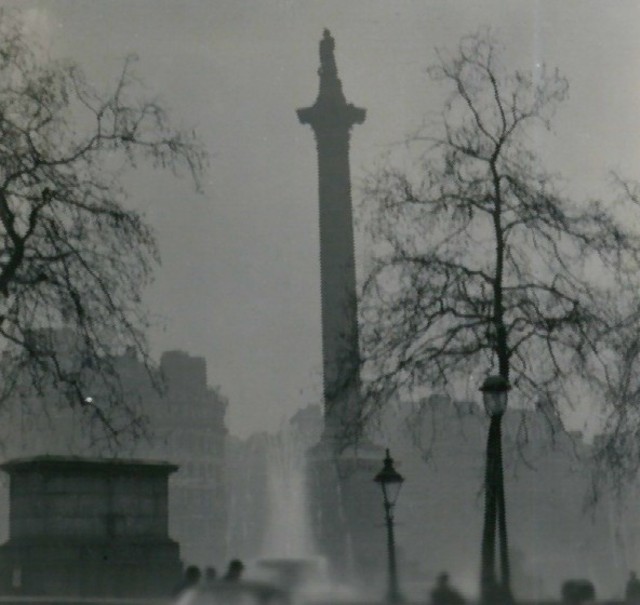
The health consequences of breathing in polluted air have been known for centuries, nowhere more than in Great Britain. In 1307, King Edward I of England passed an edict prohibiting kiln-burning in areas close to his consort Queen Margaret, who feared the ill-effects of the smoke on her health. The developmental impact of air pollution was widely recognized back in Victorian times, where ‘men who grew up in the most polluted districts were almost an inch shorter than those who experienced the cleanest air, even after allowing for a range of household and local characteristics’. In December 1952, a bout of particularly polluted air struck London, killing more than 4000 people despite lasting just 5 days.
Today, air pollution is widely recognized as a malign influence on human health, and a major factor in both chronic disease and all-cause mortality rates. But this is not unknown to most Hungarians. In fact, the website of Hungary’s National Centre for Public Health and Pharmacy (NNGYK) has an infohub for air pollution accessible right from their homepage, where one can find accessible information on the harm it poses to unborn infants and children. They also maintain a constantly updated map that shows the status of air quality in urban centers across the country, which when used together with international indexes can show us whether threats to air quality are a local problem, or a global one.

But this latest bout of smog is also far bigger than Budapest, or even Hungary, in terms of its scale—as the European Air Quality Index, which is accessible through Google Maps, revealed. Although almost all of Hungary was covered in noxious and harmful air for the entire weekend, so too was more than half of Central Europe, with countries such as Denmark, Germany, Czechia, Slovakia, Slovenia, and Italy also being directly affected by the emanations (wherever they may have come from). The indexes show clearly the thick cloud of pollution that for days lay low over much of central Europe, but they cannot show the human cost of breathing in the foul air, which remains temporarily unseen.
But what is the cause? While many look to the resurgence of coal-burning amidst the early November chill, that is only one of many possibilities. There are also the early-winter celebrations common throughout this region—often with a group of friends, cold beers, and good music. In this case, a popular explanation that one may encounter is the sudden switch to trash-burning as an unsustainable means of heating homes when other fuels are considered financially inaccessible. This bad habit is relatively uncommon in Hungary, but it is still found in some parts of the more eastward EU member states, particularly in rural or working class areas. Yet none of these theories seem sufficient to explain an outbreak of polluted air so vast as to cast a shadow that stretches from Denmark to Hungary.
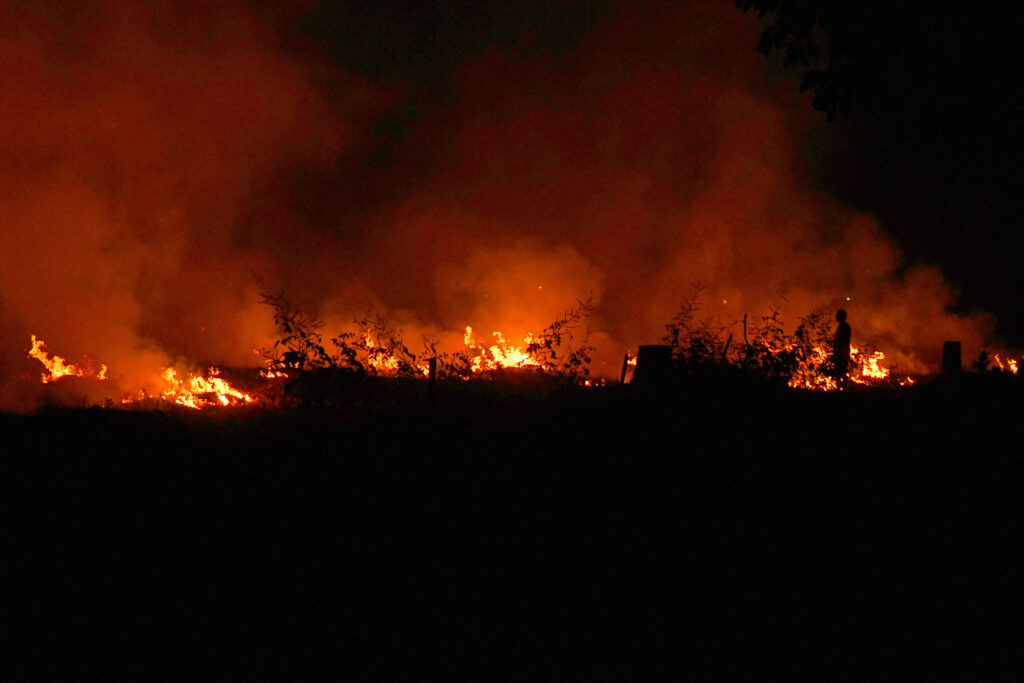
One last theory is still on the table, and that is crop-burning: the irresponsible agricultural practice of sparking artificial fires to burn down entire crop-fields, in order to clear what remains from the autumn harvest and prepare the fields for planting in the next spring. This method of land management is massively pollutive, extremely careless, and arguably stupid (since the ones responsible for burning the fields are themselves the most at risk), but it is undeniably cheap. It is for this last reason alone that poor farmers who burn their crops in India and Pakistan have plunged major cities in both countries into an air quality emergency. According to the BBC, some parts of Delhi (which is home to 21 million people) now hover around 25–30 times the WHO’s recommended safety limit. A recent CNN article on the dismal state of Pakistan’s megacity Lahore is simply titled: ‘Toxic smog in Pakistan is so bad you can see it from space’.
Could crop-burning as far away as India or Pakistan be responsible for Central Europe’s current air pollution woes? Maybe, but maybe not. Either way, both countries are starting to recognize the need to hold reckless perpetrators of the toxic air problem responsible. Indeed, mass arrests of farmers alleged to be culpable in the October outbreak have already begun in the Indian Subcontinent, and one might find some optimism in hoping that such crackdowns could continue.
Back at home in Europe, conversely, we can do virtually nothing to stop crop-burning, if only because we already succeeded in stopping it. EU regulations made crop-burning illegal long ago, as is the case in the recently departed member state of Great Britain. Neither European farmers, nor British farmers, are responsible for this. So who, then, is? Despite the virtual absence of news coverage during the recent pollution outbreak, and despite it being utterly ignored by climate scientists, one possible suspect remains: Russia. IQAir notes that:
‘While these restrictions should mean clear skies across the continent, exceptions and the nature of transboundary air pollution can undermine health. Though agricultural burns are prohibited on paper in Russia, it is a widespread common practice. Two burning seasons—spring and fall—in the Kaliningrad enclave adjacent to Poland and Lithuania can regularly lead to polluted skies across that region.’
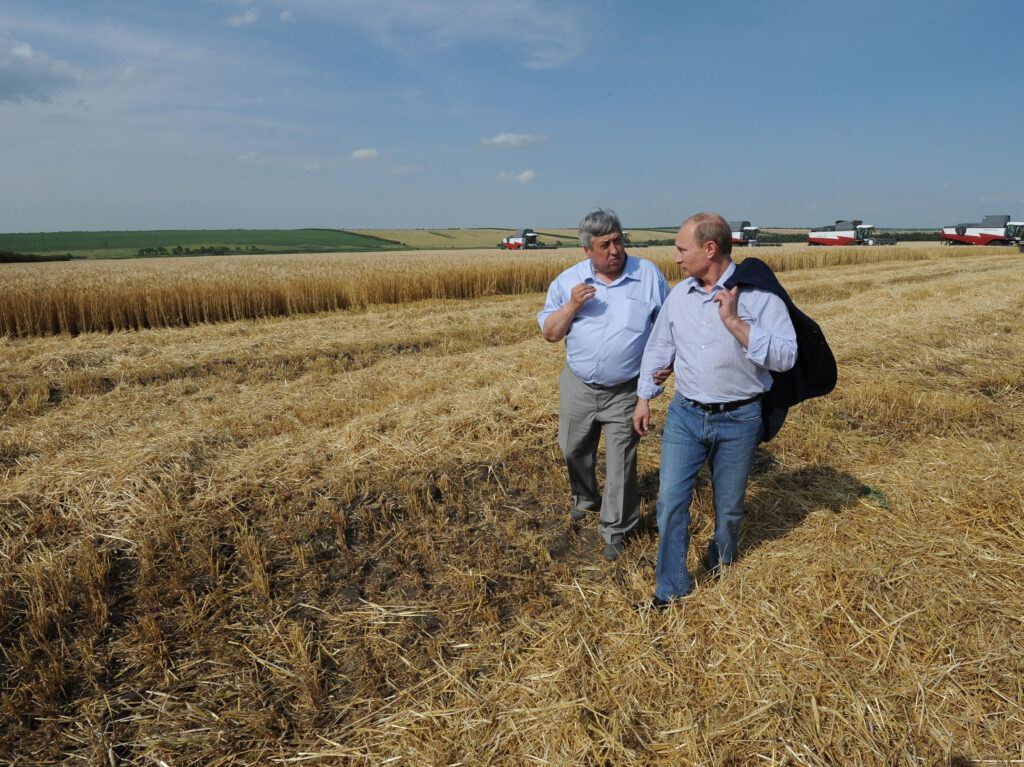
The idea that the burning season in the rest of the world simply coincides by chance with a week of unprecedented pollution in Europe is ridiculous. And Russia’s suspicions as a culprit here are far more than just coincidence. During the summer of 2024, state-aligned Ukrainian media published multiple reports describing the Russian military’s use of suicide drones to set fire to crop fields and farmland in Ukraine, possibly intended as a scorched-earth strategy. The allegations of Russia intentionally burning fields outside of their borders complements the suggestions that this abhorrent practice is tacitly allowed inside their borders.
Currently, with a practical absence of reporting and no public statements from European leaders or health organizations, we have no way to conclude which countries or governments may hold responsibility for the past week of poisonous air that afflicted Hungary and our neighbors in the Central European region. But that does not mean we cannot act. Hungary’s dependence on Russian energy sources have created tensions and strained relations with some of our NATO allies. Hypothetically speaking, if we are facing an air pollution problem with Russian culpability, an energy dependence problem with Russian dependence, and a diplomatic problem with our NATO allies at our heels, this could perhaps be a good time to make a ‘deal’ with the incoming Trump administration. Ideally, that ‘deal’ would support the construction of clean nuclear power plants in Hungary, in return for a reconsideration of our energy trade with Putin’s increasingly polluted Russia.
Related articles:

